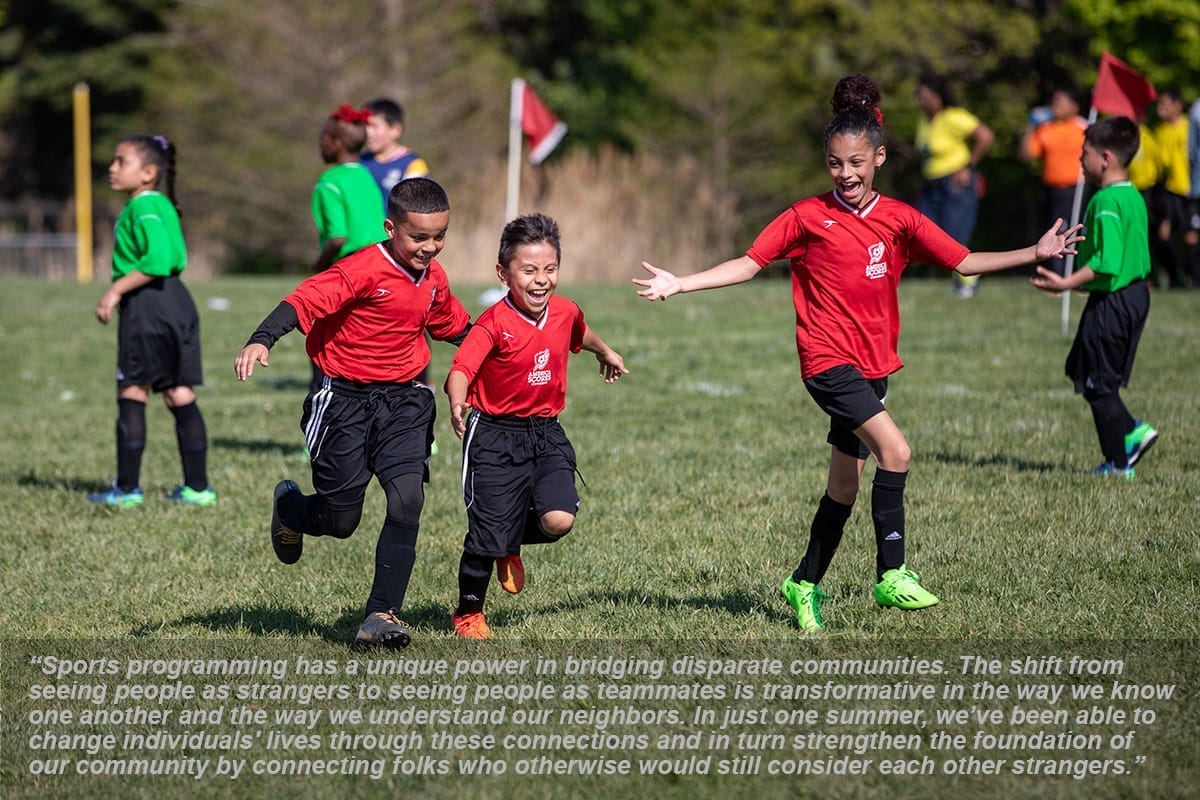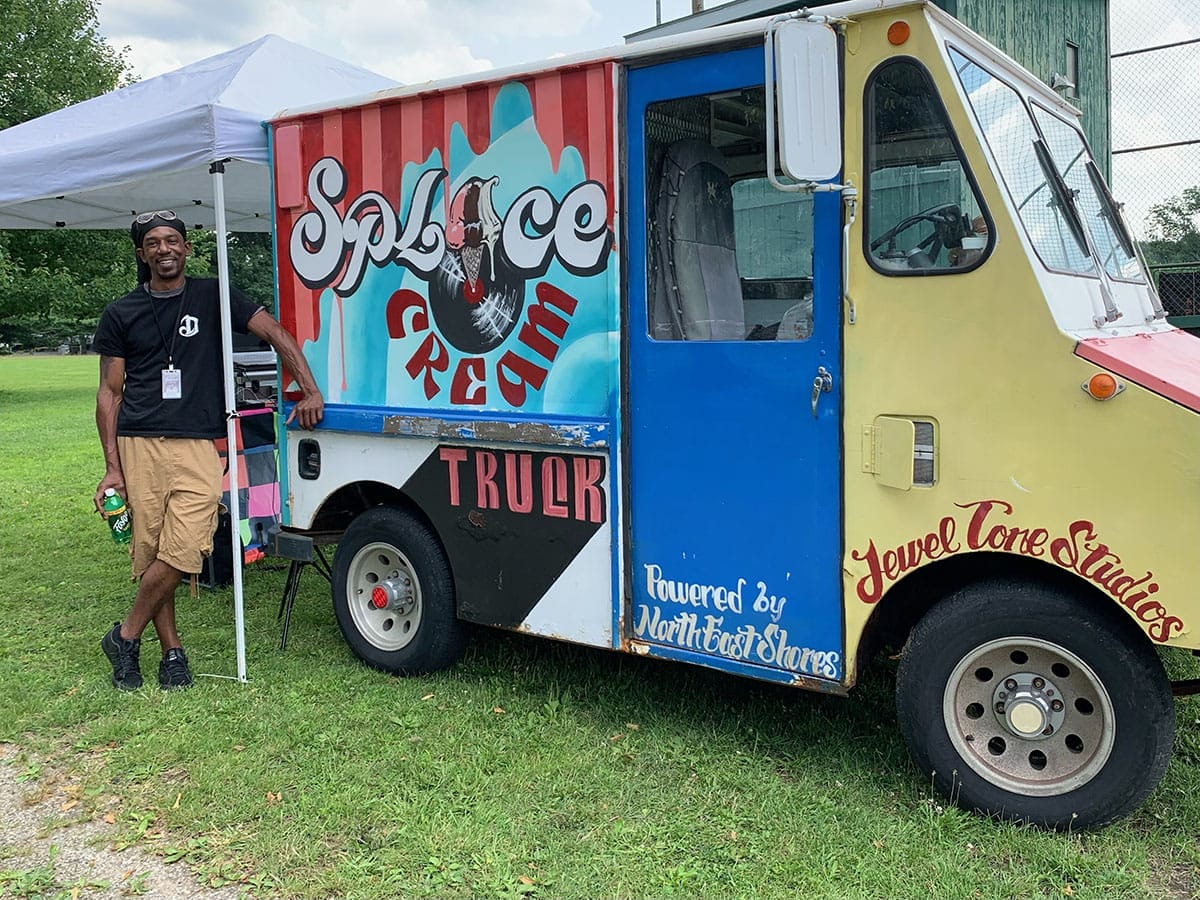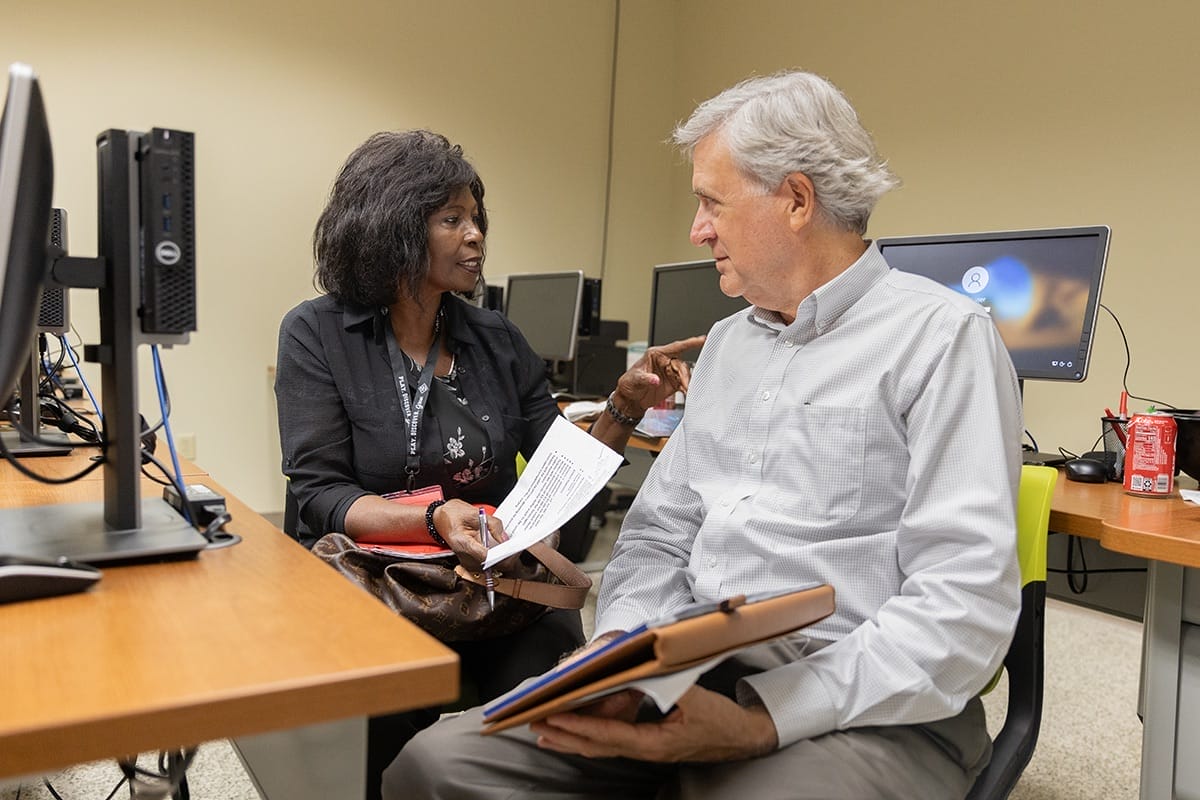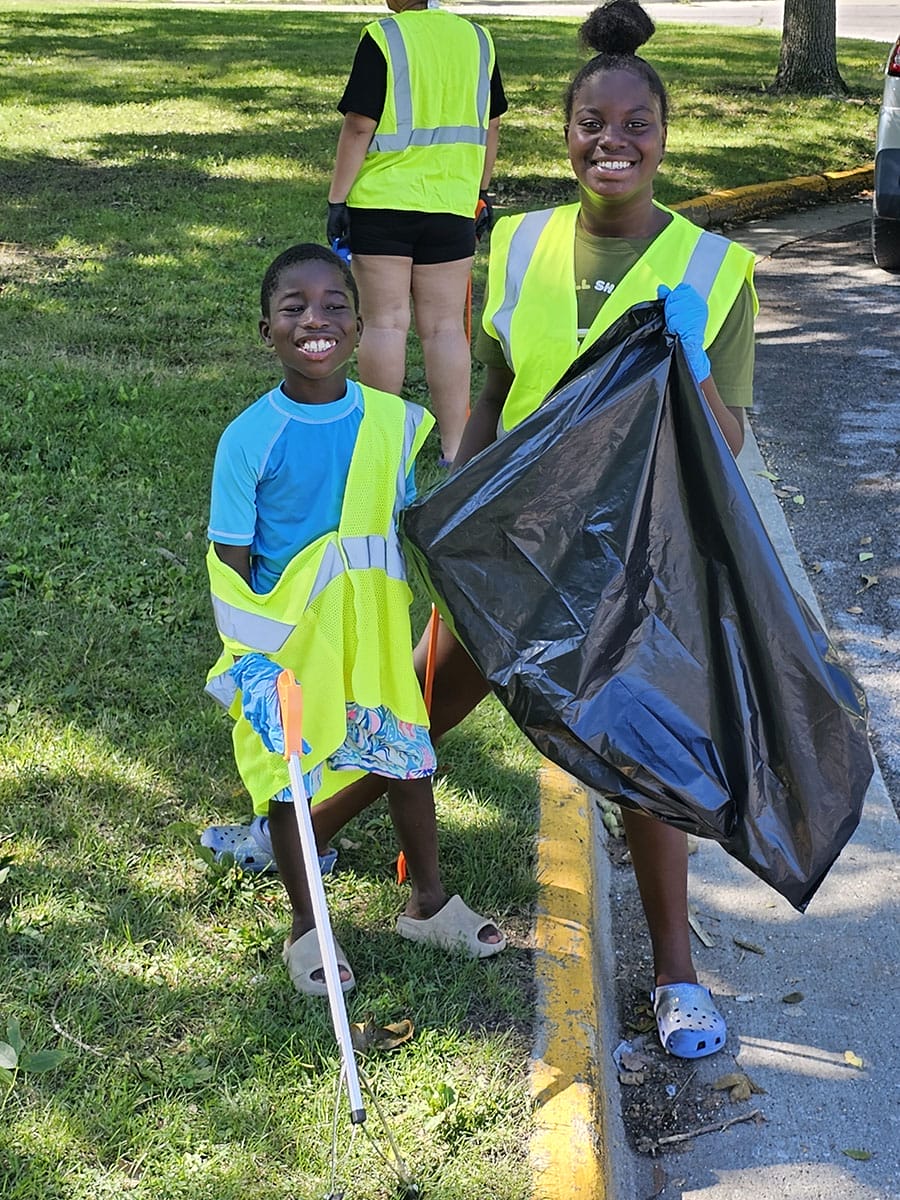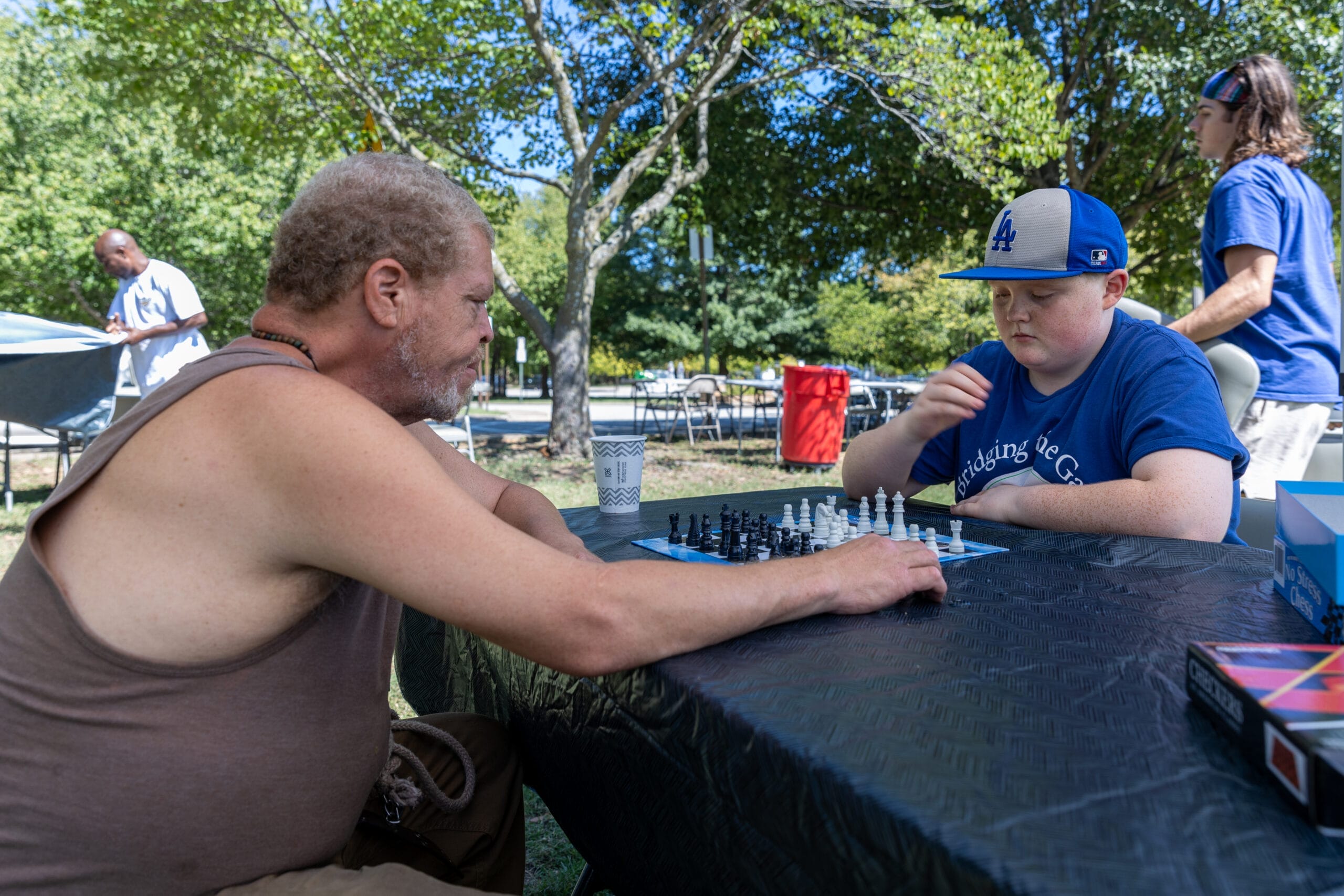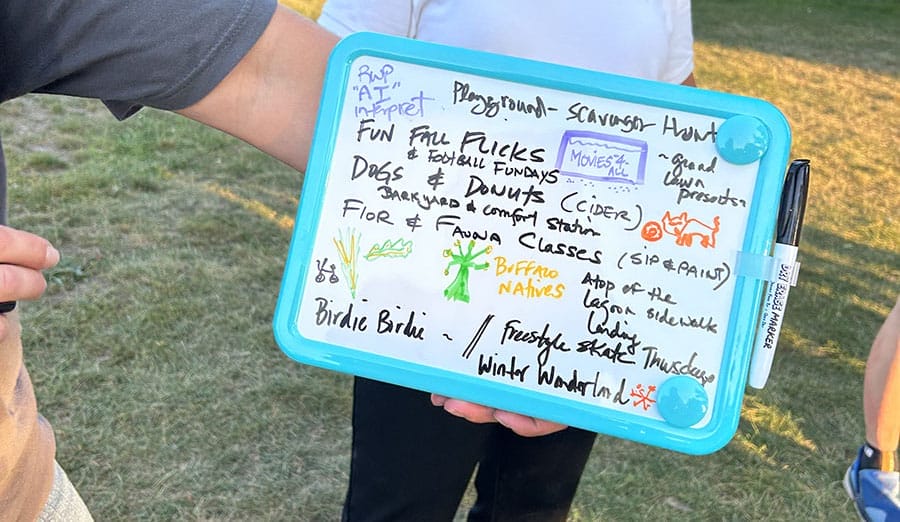The next several months are bound to be charged with fervent political discourse, following months of headlines about loneliness and social divisions. But in communities across the country, real people are reaching across the aisle, the street, the tracks, to join hands with their neighbors. Some leaders of the movement? Local park and rec departments that are growing their scopes beyond access and maintenance to programming and activation.
On Common Ground in Cleveland
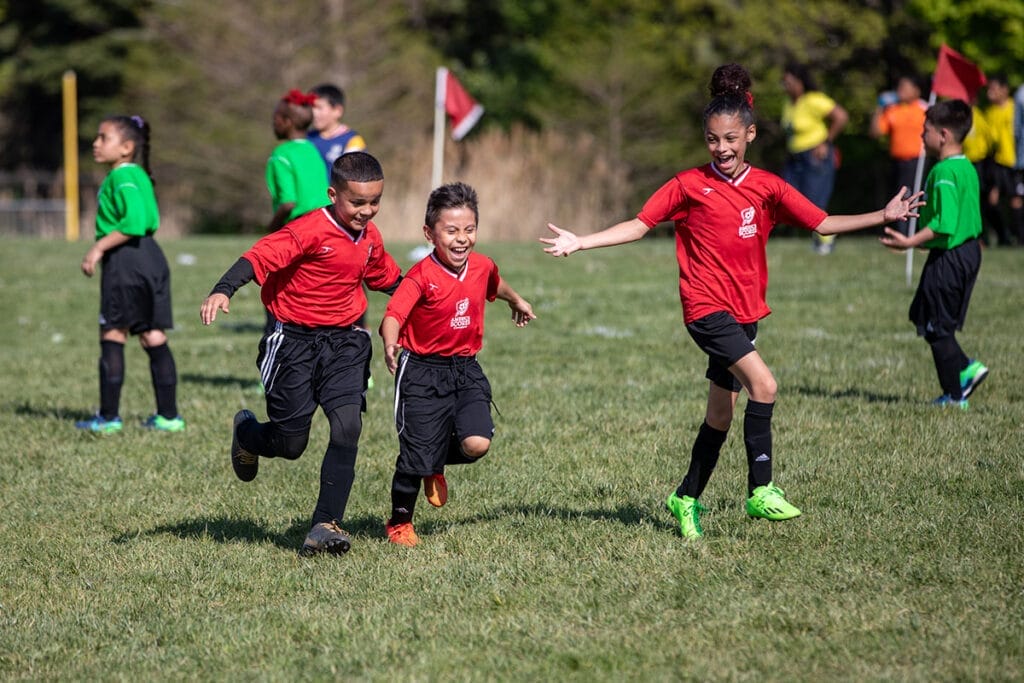 Soccer, “the world’s game,” can be a home away from home for refugees, immigrants, and asylum seekers settling in the US. Most of Cleveland’s newcomer communities resettle in the Near Westside and Clark-Fulton neighborhoods, which are socioeconomically and racially diverse. Though newcomers and U.S.-born residents often live in close proximity—attending the same schools and living on the same streets—they can be culturally siloed and have few opportunities to foster neighborliness. To build bridges between newcomers and native Clevelanders, the Cleveland Soccer Group Foundation (CSGF) leveraged existing youth and adult soccer programs to connect U.S.-born and newcomer populations over a shared love of the sport.
Soccer, “the world’s game,” can be a home away from home for refugees, immigrants, and asylum seekers settling in the US. Most of Cleveland’s newcomer communities resettle in the Near Westside and Clark-Fulton neighborhoods, which are socioeconomically and racially diverse. Though newcomers and U.S.-born residents often live in close proximity—attending the same schools and living on the same streets—they can be culturally siloed and have few opportunities to foster neighborliness. To build bridges between newcomers and native Clevelanders, the Cleveland Soccer Group Foundation (CSGF) leveraged existing youth and adult soccer programs to connect U.S.-born and newcomer populations over a shared love of the sport.
Up to this point, teams in the adult soccer league typically were ethnically homogenous, which had the unintended consequence of pitting newcomers against U.S.-born teams. That’s why CSGF facilitated intentional mixing of adult teams over the 18-week program, to have more equal representation from refugee, immigrant, and native Cleveland backgrounds. At the start of each practice, teams bonded through ice breaker questions about soccer (who’s your favorite soccer player?) and cultural connections (what food reminds you of home?). One player even brought fufu, a West African dish, to share with his teammates.
More than 50 youth summer campers—boys and girls hailing from West African, Latin America, the Middle East, and Cleveland—were able to freely mix over a 12-week period and meet twice a week.
“Sports programming has a unique power in bridging disparate communities. The shift from seeing people as strangers to seeing people as teammates is transformative in the way we know one another and the way we understand our neighbors.” —Cleveland Soccer Group Foundation staff
On Common Ground in East Cleveland
 Two-thirds of Cleveland’s Forest Hill Park is owned and operated by the City of East Cleveland, which is low-income and majority Black, and has struggled to find the resources to maintain the park. The other third is better maintained by the City of Cleveland Heights, which is more affluent and a mix of white and Black residents. Cleveland Metroparks, neighbors of Forest Hill Park, and local community partners recognized the opportunity for the park to become a place of common ground rather than a divided space. So they hosted a series of events, called Forest Hill Fun Days, at the park. One of many vendors at the event was Splice Cream Truck, a roving ice cream truck-meets-recording-studio that documented oral histories of neighbors’ memories and hopes for Forest Hill Park. The captured recordings are now being used for TKTKTK.
Two-thirds of Cleveland’s Forest Hill Park is owned and operated by the City of East Cleveland, which is low-income and majority Black, and has struggled to find the resources to maintain the park. The other third is better maintained by the City of Cleveland Heights, which is more affluent and a mix of white and Black residents. Cleveland Metroparks, neighbors of Forest Hill Park, and local community partners recognized the opportunity for the park to become a place of common ground rather than a divided space. So they hosted a series of events, called Forest Hill Fun Days, at the park. One of many vendors at the event was Splice Cream Truck, a roving ice cream truck-meets-recording-studio that documented oral histories of neighbors’ memories and hopes for Forest Hill Park. The captured recordings are now being used for TKTKTK.
On Common Ground in East Baton Rouge
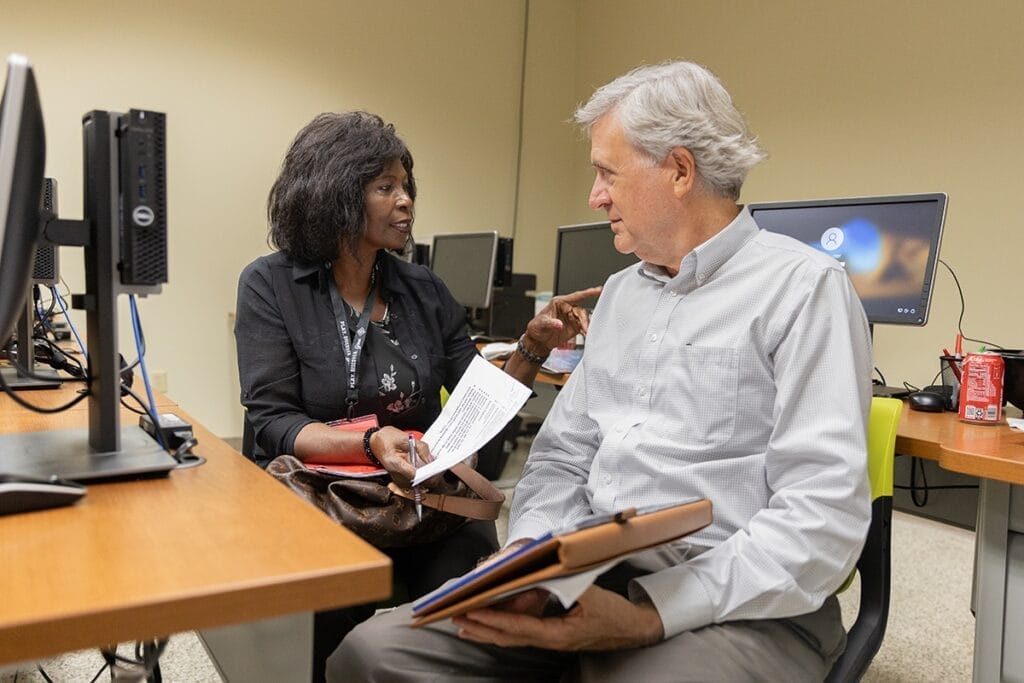 Like many cities, East Baton Rouge Parish continues to reckon with its history of racial segregation and inequitable access to green spaces and recreational opportunities. That’s why the East Baton Rouge Parish Parks and Recreation Department (BREC) created its first Community Advisory Council to guide its next 10-year master plan. Dr. TKTK [First Name Last Name] (left) and Rex TKTK [First Name Last Name] (right) are two of the 15 resident advisors who met monthly for a year to help BREC through the planning process. The council accurately represented the parish’s demographic and geographic makeup. After a deep dive into the park system’s operations and facilities, the group took part in facilitated discussions about racial discrimination and inequities, and then members worked in small groups to plan and host community events throughout the year to further engage residents across lines of racial and geographic diversity.
Like many cities, East Baton Rouge Parish continues to reckon with its history of racial segregation and inequitable access to green spaces and recreational opportunities. That’s why the East Baton Rouge Parish Parks and Recreation Department (BREC) created its first Community Advisory Council to guide its next 10-year master plan. Dr. TKTK [First Name Last Name] (left) and Rex TKTK [First Name Last Name] (right) are two of the 15 resident advisors who met monthly for a year to help BREC through the planning process. The council accurately represented the parish’s demographic and geographic makeup. After a deep dive into the park system’s operations and facilities, the group took part in facilitated discussions about racial discrimination and inequities, and then members worked in small groups to plan and host community events throughout the year to further engage residents across lines of racial and geographic diversity.
“Very appreciative of the parks, creating a space and opportunity for people of different backgrounds, different, different, upbringing to have those conversations be open minded and see how we can work to work together” —Community Advisory Council member

Donate to become a member, and you’ll receive a subscription to Land&People magazine, our biannual publication featuring exclusive, inspiring stories about our work connecting everyone to the outdoors.


